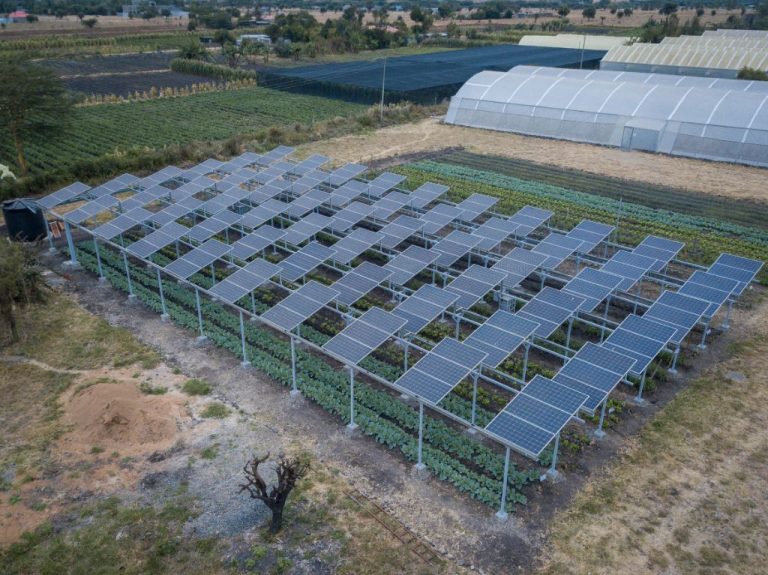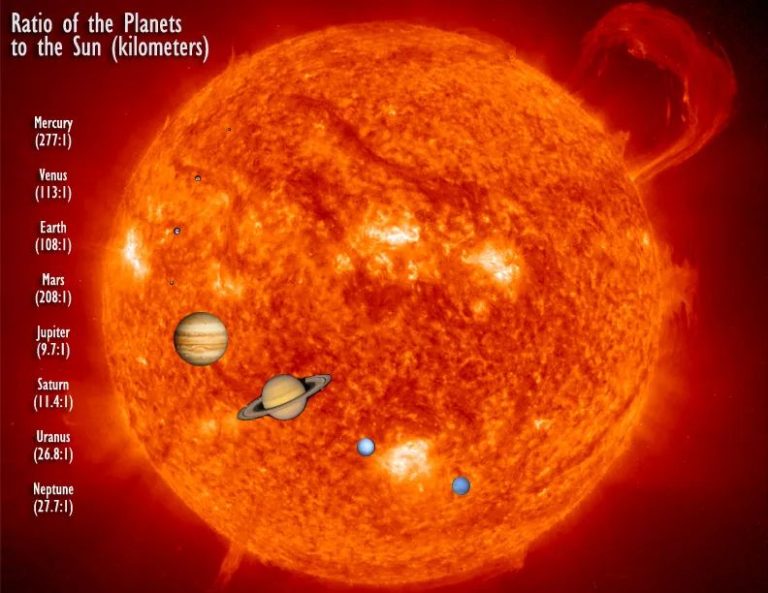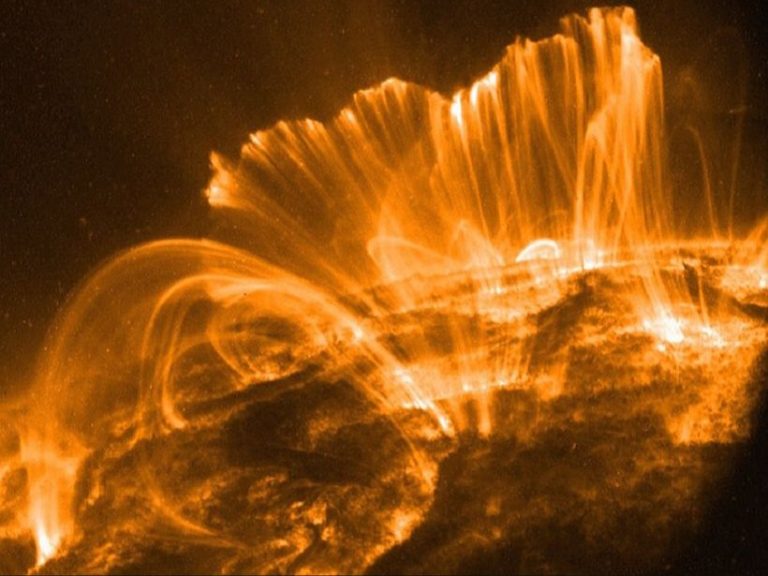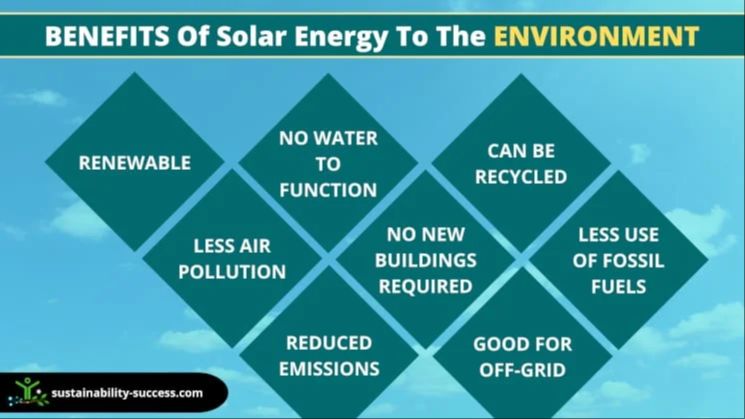What Will Happen To Earth Without The Sun’S Energy?
The sun is the primary source of energy for the Earth’s climate system. It provides light and heat that make life on Earth possible. However, what would happen if the sun’s energy was no longer reaching Earth? This article will explore the catastrophic effects that would occur across multiple facets of the planet if the sun’s energy was completely cut off from Earth.
Without the sun, Earth would be plunged into complete darkness and freezing temperatures. Weather patterns would be severely disrupted as entire ecosystems collapse. Oceans would start to freeze over as the hydrologic cycle grinds to a halt. Human civilization would struggle to endure the massive changes brought about by the loss of the sun’s energy.
By examining the sun’s critical importance to Earth, we gain a sobering understanding of just how dependent our planet is on this key relationship with its host star.
Loss of Light
The moment the sun’s light and energy ceased to reach Earth, darkness would immediately fall across the planet. The skies would turn pitch black even in the middle of the day. According to NASA, without sunlight, the average global temperature of Earth would plummet to -454.8°F (-270°C) [1]. This extreme cold would overwhelm all artificial lighting sources. Street lights, home lighting, and computer screens would provide only minuscule bubbles of light and do little to penetrate the overwhelming darkness.
Photosynthesis in plants would halt immediately, cutting off the majority of Earth’s food supply and disrupting the food chain [2]. Within days, crucial pollination processes would end. Furthermore, the circadian rhythms of humans and animals depend on light cues from the sun and would become disrupted, impacting sleep cycles.
Plunging Temperatures
Without the sun, temperatures on Earth would quickly plunge well below freezing everywhere. The sun provides the energy that warms our planet and drives global climate patterns. The average temperature on Earth is about 15°C (59°F), thanks to the greenhouse effect whereby gases like carbon dioxide trap some of the sun’s warmth. But if the sun disappeared, temperatures would drop rapidly as the planet loses the incoming solar radiation that heats the atmosphere, land, and oceans.
In the absence of the sun, Earth would lose heat through thermal radiation at a rate of about 1.2×10^17 watts, causing temperatures to decrease exponentially. Scientists estimate without the warming influence of sunlight, the average global temperature would fall to around -18°C (0°F) within one week. This is well below freezing, with regions near the poles dropping below -50°C (-58°F). Such frigid temperatures would render most regions uninhabitable for humans and animals alike.
The plunge into an eternal deep freeze would happen quickly, as the atmosphere can only retain heat for a short time without an external energy source. The rate of temperature decline would depend on factors like cloud cover, but overall the entire planet would be locked in the grip of extreme cold within one year without the sun.
Disruption of Weather Patterns
Without the sun’s energy, weather systems around the globe would be radically altered. The sun’s radiation drives wind currents, precipitation, and the formation of clouds and storms. The unequal heating of the atmosphere is what sets these patterns in motion. According to Wonderopolis, if the sun disappeared, “the winds would die down, and the normal patterns of evaporation and rainfall would be disrupted” (https://www.wonderopolis.org/wonder/what-would-earth-be-like-without-the-sun).
The jet stream which helps move weather systems across continents would drastically weaken. Storm systems and rain would become isolated events rather than part of large fronts and cyclones. Within days, the lack of sunlight would essentially stall the hydrologic cycle. The atmospheric currents that transport heat and moisture around the globe would no longer function. This would have massive repercussions for precipitation and cloud formation. Essentially, weather as we know it would cease to exist without the sun’s energy input into the atmosphere.
Plant Life Perishes
Without sunlight, all plant life on Earth would eventually perish due to a lack of photosynthesis. Photosynthesis is the process plants use to convert sunlight into energy and food. During photosynthesis, plants absorb sunlight and carbon dioxide and release oxygen as a byproduct. This process allows plants to produce nutrients and sugars they need to grow and thrive. Without sunlight, plants would be unable to photosynthesize and produce food. According to University of Minnesota Extension, plants that lack light don’t produce chlorophyll, the green pigment that absorbs sunlight for photosynthesis. Plant stems can turn pale and eventually die.
Both outdoor and indoor plants rely on photosynthesis and sufficient sunlight exposure. University of Maryland Extension notes that low light levels indoor can result in minimal flowering, spindly growth, and eventual death as plants desperately reach for light. On Earth, even indoor plants get some ambient daylight through windows that allow minimal photosynthesis. But in a sunlight-less world, all plants would progress through chlorosis and eventually perish without their basic energy and food source.
Animals Face Mass Extinction
With the disappearance of nearly all plant life on Earth, the animals that rely on plants for food would face devastating consequences (Source). Herbivores and omnivores that feed directly on plants would be the first to perish without their main food source. This includes animals like deer, cattle, rabbits, squirrels, mice, and many species of birds, reptiles, and insects.
The loss of these plant-eating animals would then impact the carnivores and predators that feed on them. With their prey gone, carnivorous animals like lions, wolves, hawks, snakes, and spiders would start dying off. Entire food chains and ecosystems that depend on sunlight and plants would collapse.
Very few animal species would likely survive the extinction of plants. Those that could endure for a time include scavengers like vultures, raccoons, and coyotes that eat dead animal matter. But even scavengers would eventually die off once the animal carcasses ran out. With the collapse of the food chain, the extinction of Earth’s animal life would be all but guaranteed.
Oceans Start Freezing
Without the sun’s heat and energy, the oceans would quickly begin to freeze over. The sun’s rays normally penetrate deep into ocean water, heating it and maintaining the global conveyor current that circulates warm water around the globe. According to the American Museum of Natural History, even at depths of 1000 meters or more, the sun’s heat is still felt and helps prevent freezing.
But without the sun, the oceans would start to rapidly cool. Surface water temperatures would plummet, freezing over large sections of the ocean relatively quickly. This process would continue, with the freezing spreading to deeper and deeper depths over time. The American Museum of Natural History notes that at the deepest parts of the ocean, no sunlight penetrates and the water is just above freezing already. Without the sun, the deepest oceans would be the first to completely freeze into solid ice.
The freezing of the oceans would devastate marine ecosystems across the globe. Most life in the oceans depends on liquid water and could not adapt to the freezing conditions. The global currents driven by temperature and salinity differences would also grind to a halt as the oceans turned into frozen wastelands.
Loss of Hydrologic Cycle
The hydrologic or water cycle is the continuous movement of water between the atmosphere, land, and oceans. This cycle is heavily dependent on the sun’s energy. Without the sun, evaporation of water from oceans, lakes, and rivers would dramatically slow down or stop altogether. This is because the sun provides the heat energy needed to turn liquid water into water vapor. According to the US Geological Survey, “The sun provides what almost everything on Earth needs to go—energy, or heat. Heat causes liquid and frozen water to evaporate into water vapor…” [1]
With solar evaporation nearly eliminated, there would be a massive reduction in the formation of clouds and precipitation. Rainfall and snowfall would become extremely rare across the planet. This means the vital redistribution of water over land via precipitation would grind to a halt. According to Quora, “Without the sun, the water cycle would not be able to function as it does on Earth. The sun’s energy is essential for driving the water cycle through evaporation and precipitation.” [2]
In summary, the hydrologic cycle depends on the sun heating and evaporating water. Without this solar energy input, precipitation patterns would dramatically shift, having devastating impacts on global ecosystems and human civilization.
Massive Impact on Human Civilization
The loss of the sun’s energy would have devastating implications for human civilization globally. Without sunlight, photosynthesis would cease, causing all plant life to die. This would lead to the extinction of herbivores and omnivores that depend on plants for food. Predators would also perish as their prey populations vanish. Humans would lose major food sources like fruits, vegetables, grains, and livestock.
The freezing temperatures would make most of the planet uninhabitable for humans. People would likely migrate toward the equator, but supplies would quickly dwindle, leading to conflict, famine, and death. Electricity supplies would fail without the sun, ending heating, cooling, and modern amenities. With freezing oceans, the hydrologic cycle would cease, ending rainfall. This would exacerbate food and water scarcity.
Medical care, sanitation, transportation, and communication would collapse with the loss of electricity. Without sunlight, depression and other mental health issues could rise. If the sun’s energy failed indefinitely, the human population would likely face extinction after struggling to adapt to the extreme conditions.
In essence, human civilization depends on the sun’s warmth and light. Its loss would unleash catastrophic changes rendering the planet uninhabitable and inhospitable to life as we know it. Only those able to find heat, light and food underground or in sheltered areas might survive for a time. But the collapse of plant and animal life would soon make human survival untenable.
Conclusion
Without the sun’s energy, Earth would experience catastrophic and devastating changes that would threaten all life on the planet. As outlined, the freezing temperatures, loss of plant life, disruptions to weather, and other impacts cascading from the loss of the sun’s light and warmth would make Earth uninhabitable. The planet as we know it utterly depends on the consistent sunlight and solar energy from the sun to maintain the climate, cycles, and systems that allow life to exist. Though it would take some time, ultimately Earth would become a frozen, barren planet plunged into eternal darkness without the sun. This thought experiment highlights just how crucial the sun’s energy is in making Earth the habitable place it is today.





